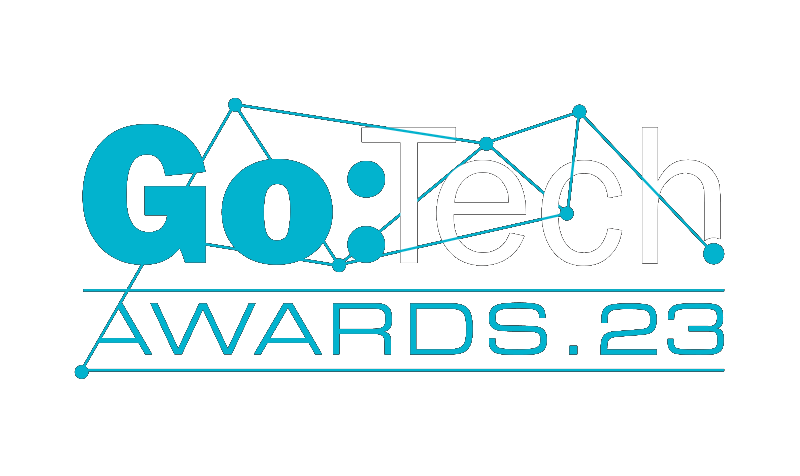
While Employee Ownership Trusts (EOTs) can offer several advantages, such as enhancing employee engagement and providing tax benefits, there are also potential downsides that can make them less attractive. Here are some reasons why EOTs might be considered unfavourable:
1. Complexity and Cost of Setup:
Establishing an EOT can be complex and costly. The process involves legal, financial, and administrative work, including setting up the trust, valuing the business, and ensuring compliance with relevant regulations.
2. Dilution of Control:
Original owners may lose some degree of control over the business. Decision-making processes can become more complicated as employees have a say in major business decisions, potentially leading to slower decision-making and conflicts.
3. Potential for Reduced Management Efficiency:
If employees lack the necessary skills or experience in managing the business, it can lead to inefficiencies. Employee-owners may not always have the same level of business acumen as professional managers or the original owners.
4. Motivation and Performance Issues:
The assumption that employee ownership will automatically lead to higher motivation and productivity may not hold true for all businesses. If not managed well, it can lead to complacency among employees, particularly if they perceive ownership as a right rather than a responsibility.
5. Financial Risk:
The financial stability of the business can be at risk if employees are not committed to reinvesting in the business or if they push for higher distributions of profits rather than funding growth or necessary investments.
6. Challenges in Selling the Business:
An EOT can make it more difficult to sell the business in the future. Potential buyers might be deterred by the complexities of dealing with an employee-owned structure.
7. Limited Access to Capital:
Businesses owned by EOTs might find it harder to raise external capital. Investors may be wary of the governance structure and the potential lack of alignment between employee-owners and external shareholders.
8. Cultural Resistance:
Transitioning to an employee-owned model can be met with resistance from employees who are not accustomed to or interested in the responsibilities of ownership. This cultural shift can be difficult to manage and may lead to dissatisfaction or turnover.
9. Regulatory and Compliance Burdens:
Maintaining compliance with legal requirements for EOTs can be onerous. There are specific rules and ongoing obligations that need to be adhered to, which can be time-consuming and require expert knowledge.
10. Potential Tax Implications:
While there are tax benefits, there can also be tax complications. Mismanagement of these aspects can lead to unexpected tax liabilities for the business or its employee-owners.
While EOTs can be a powerful tool for employee engagement and business succession, these potential downsides highlight the importance of careful consideration and professional advice before implementing such a structure.








